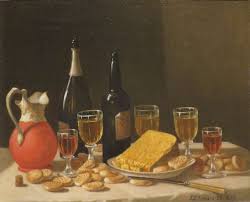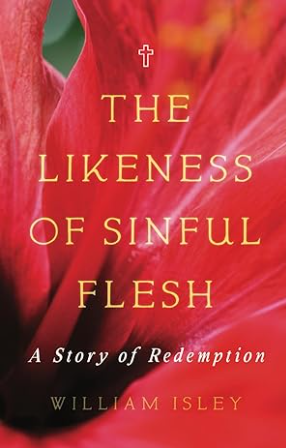One of the pleasures of teaching at Cair Paravel Latin School, a classical Christian school, is that an old Ph.D. in theology with years of teaching experience far too numerous even to mention decently can learn new things in the most unexpected and unlikely places. That serendipitous experience happened Thursday. As a relief from a faculty meeting’s business as usual, our two excellent art teachers gave us a brief lesson in still life drawing. I not only learned a very practical lesson in drawing but also had a wide vista opened up to me of possible connections with geometry, philosophy, theology, history and other subjects.
Our grammar school art teacher began with the assertion that there are five basic shapes from which all others are derived: the square, rectangle, triangle, circle, and oval. When I began to take notes, she expressed shock. In her defense, however, she could not possibly have known the abysmal state of my knowledge of the most rudimentary principles of art. I have no remembrance of learning any such thing in my junior high art classes. In fairness to Miss Appley, my art teacher, she may have taught us such things, but all I recall of her classes was that she was very pretty, and hence did not stay Miss Appley for too long, and that I made and ate paper and paste sandwiches in a vain attempt to attract the girls’ attention.
While my mind was beginning to reflect on the possible implications of there being five basic shapes, our high school art teacher, who is also a practicing artist, showed us an utterly simple technique for measurement. All one needed to do was to hold a pencil in your hand with the arm extended to measure your canvass, line up the top of your eraser with the top of the object to be drawn and move your thumb down on the pencil to where you see the bottom of the object. A similar exercise for the horizontal dimension of the object resulted in having a size for one’s drawing proportionate to the size of the object being viewed. We did a wine bottle. I was so excited that I was actually able to draw the bottle, using the technique of measurement and the basic shapes. Of course, it would have been better had I mastered the skill of drawing a straight line. My attempts at straight lines looked more like ocean waves. Still, I was encouraged and could see why our art department produces so many fine young practitioners in the visual arts.
But I am never going to be a Rembrandt; so back to the wider implications of the five basic shapes. Our art teacher’s simple lesson set my mind wandering and wondering whether there might be something to the ancient Greeks’ notion that the cosmos was characterized by certain geometric and numerical proportions. I was reminded of the essay we read for our Great Ideas course on beauty in the sciences by the great German physicist Werner Heisenberg in which he cites Galileo, Kepler and Newton on the harmony inherent in the universe. God the great geometrician had created the world according to a certain pattern with basic shapes and proportions. Could there be something of this in John’s use of numbers and shapes in the Revelation? Pythagoras seems to have held that music reflected these numerical proportions in time. The notion of the music of the spheres came to mind. Renaissance artists were captivated by ancient Greek geometry, as I had discovered from reading Linda Proud’s A Gift for the Magus, a historical fiction on the fifteenth-century artist Fra Filippo Lippi and some of his work for Cosimo de’ Medici.
Art leading to geometry, philosophy, physics, history, literature, music, theology and biblical interpretation—such is the character of a classical Christian education. We should not despise elementary instruction. After all, the elemental teaches us about the first principles upon which the rest is based. It’s also fun. I enjoy being a Ph.D. picking up these elementary school truths.


